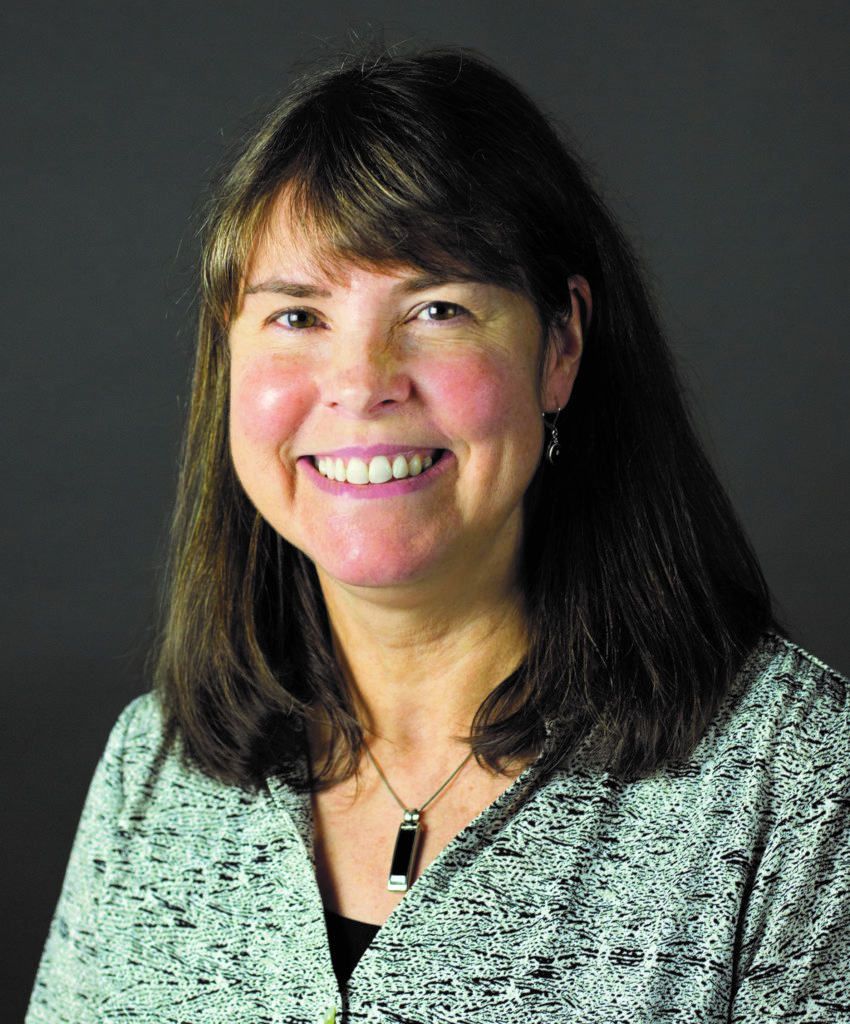Ultra-thin 2D Semiconductors for Next Generation Devices
June 16 (Thursday), 2022
11:30 am to 12:30 pm (EDT)
Virtual via Zoom
Abstract: The field of two-dimensional (2D) materials encompasses a wide class of materials that occur naturally as layered crystals. Within this class, semiconducting transition metal dichalcogenides (TMDs) such as MoS2 and WSe2 have attracted significant interest in condensed matter physics and next generation devices. At the single layer limit, TMDs exhibit direct band gaps and retain good carrier mobility. Furthermore, different TMD layers can be stacked to create unique heterostructures. Practical device applications, however, require large area single layer TMD films which presents unique challenges. Our work has focused on the development of metalorganic chemical vapor deposition for wafer-scale semiconducting TMDs. Applications of large area TMD films in photonics and nanoelectronics will be highlighted.

Biography: Dr. Joan Redwing is a Distinguished Professor of Materials Science and Engineering and Electrical Engineering at Penn State University. She serves as Director of the 2D Crystal Consortium, an NSF Materials Innovation Platform (MIP) national user facility that is focused on the synthesis of 2D materials for next generation devices. Her research focuses on crystal growth and epitaxy of electronic materials, with an emphasis on thin film and nanomaterial synthesis by metalorganic chemical vapor deposition. She is a fellow of the Materials Research Society, the American Physical Society, and the American Association for the Advancement of Science. She is an author on over 300 publications in refereed journals and holds 8 U.S. patents.
